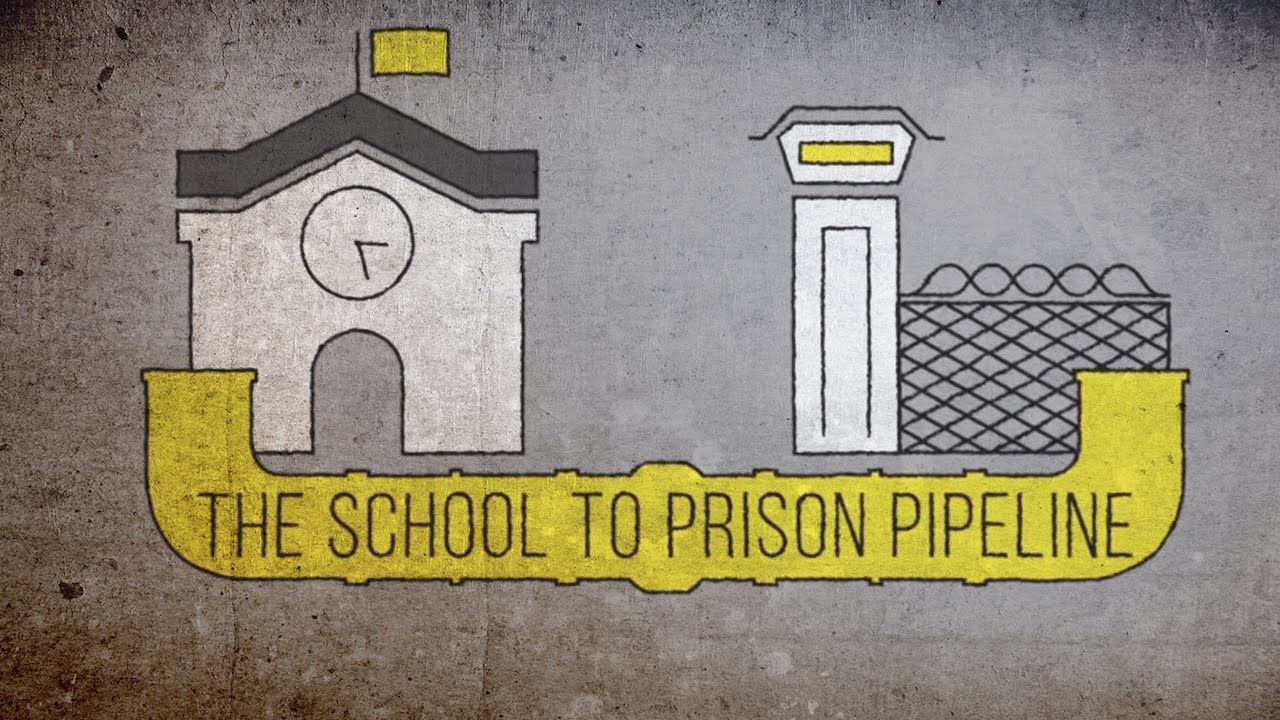Police Free LAUSD Offers Alternatives to School Policing
Group aims to break a 70-year history of police presence on LAUSD campuses

The Police Free LAUSD Coalition/Safe Schools LA consists of students, families, educators, and advocates who aim to create holistically safer, welcoming, and affirming campuses for all students in the Los Angeles Unified School District. Efforts are dedicated to developing and supporting programming and services at LAUSD schools that improve school climate, safeguard community safety, and support academic achievement; all of which act as violence prevention in schools.
This week, the coalition announced spearheading the investment of $25 million in student achievement instead of policing and in the Black Student Achievement Plan. The announcement also contained four objectives strongly recommended by the coalition to LAUSD Superintendent Alberto Carvalho and the Board of Education;
- Expand and improve the infrastructure of community-based safety initiatives, as put forward from the Community-based Safety Analysis and Expansion resolution passed in June 2023.
- Invest in community-based safety programs, like safe passages, violence intervention and prevention practitioners, and community-led de-escalation training.
- Invest and increase the funding for mental health services like therapists, psychiatric social workers (PSWs), restorative justice coordinators, counselors, wellness centers, and school nurses.
- Eliminate the LA School Police Department.
Los Angeles is believed to be the nation’s epicenter of school police, with more than 200 sworn officers and over 20 non-sworn officers serving the LAUSD.
The origin of policing in public schools dates to fears sparked by integration. In 1948, security units were deployed in schools located in recently integrated neighborhoods. By 2014, LAUSD had received military-grade equipment from the Department of Defense, including 61 assault rifles, three grenade launchers, and one “mine-resistant ambush protected” (MRAP) vehicle. That same year, the Obama administration released an executive order restricting the Department of Defense’s 1033 program, which had previously provided military-grade equipment to LAUSD. The Trump administration later revoked the executive order, but in 2020, a campaign of marches, protests, and other forms of advocacy convinced LAUSD’s board to cut $25 million from the $78 million LASPD budget.
Signs of school policing in based on racially based fears are evident in modern statistics. Today, Black students make up 8% of the LAUSD student body, but account for 25% of arrests. In 2019, one case study found that 73% of Black students described school police officers as “overly aggressive.”
Policing takes a clear toll on student mental health. Damien Winfrey from Narbonne High School spoke to Knock LA in an interview about how policing in schools negatively impacted learning. “I had a few brothers who were getting pepper sprayed, were getting talked about and put out of class, and it was really affecting us,” he said. “We’re very stereotyped. It really made it hard to focus … They [the police] really brought a lot of pain instead of love and protection as they said,” he stated. “A lot of kids including myself, attempted suicide or thought about attempting suicide.”
Reducing violence starts with creating an environment where caring adults and students leaders are empowered to model healthy conflict-resolution and de-escalation practices. Violence is not prevented by introducing more weapons and more violence in schools, particularly when Black, Indigenous, and other students of color will be forced to bear the brunt of it, ultimately contributing to the cyclical school-to-prison pipeline.
You can read and download the report "From Criminalization to Education: A Community Vision for Safe Schools in LAUSD" (opens in Google Drive) from Police Free LAUSD Coalition/Safe Schools LA.










